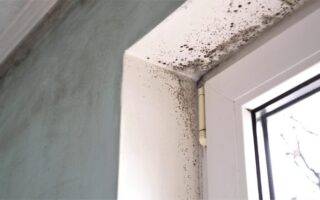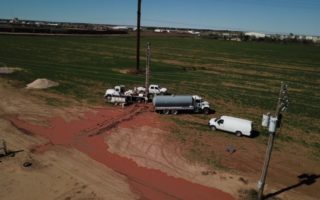Those working in the real estate and banking sectors are no doubt aware of the recent updates to ASTM International Standard E1527-21, Standard Practice for Environmental Site Assessments: Phase I Environmental Site Assessment Process. Here is a brief background of the significant changes and how they could affect the due diligence aspect of real estate acquisitions or financing.
The ASTM Standard has been universally adopted by industry because it satisfies the requirements for All Appropriate Inquiry (AAI) defined by the U.S. Environmental Protection Agency (EPA) in the Brownfields Amendments to the Comprehensive Environmental Response, Compensation, and Liability Act (CERCLA). The previous standard has been in place since 2013, but in accordance with ASTM guidelines, is periodically updated to reflect changes in industry practices, issues that have been raised by the business community, and litigation outcomes.
Review of the E1527-13 standard was initiated in 2018 and the ASTM E-50.02 Working Group finalized E1527-21 in November 2021.
Why are we writing about this in March 2023?
The principal goal of the ASTM Standard is to satisfy EPA’s AAI requirements, and the new standard required EPA’s formal blessing before it would be accepted by the lending community as providing the protections set out in the Brownfields Amendments to CERCLA. In March 2022, when the EPA indicated its intention to adopt the new standard, it also indicated it intended to allow the previous E1527-13 standard to remain in force, with no sunset. This raised eyebrows in the legal and financial sectors since it would be confusing having two standards, when the most recent standard would likely result in a better work product given the modifications outlined below. Consequently, EPA was required to formalize the rulemaking process when it received multiple negative comments, including a public comment period that delayed its adoption.
The ASTM Working Group stated that the focus of any changes would be to:
- Clarify and improve the existing language
- Update the standard to reflect current practice
- Strengthen the report deliverable
On December 15, 2022, EPA adopted the E1527-21 standard with an effective date of February 13, 2023.
Key Changes to the ASTM Standard
None of the changes to the ASTM Standard are drastic. Some of the key ones are listed below:
- New clarified definitions for recognized environmental condition (REC), controlled recognized environmental condition (CREC), and historical recognized environmental condition (HREC); although the definitions have changed, the basic concepts for each term remain the same.
- A new term, significant data gaps, is defined. These are “data gaps that affects the ability of the environmental professional to identify a recognized environmental condition.” This term will have a prominent place in report findings in situations where the environmental professional does not have sufficient information to make a professional judgment as to whether an issue is a REC or not.
- Aerial photographs, fire insurance maps, local street directories, and historical topographic maps must be reviewed if they are reasonably ascertainable, likely to be useful, and applicable to the subject property. If these four historical sources provide coverage of one or more adjoining properties, they should also be reviewed for the adjoining properties.
- The shelf life of a Phase I ESA (180 days) is not based on the report date, but rather on the date of the earliest mandatory component of the ESA process (i.e., interviews, lien search, review of environmental databases and regulatory files, site visit, etc.). These dates will be more explicitly stated in the ESA report.
- Emerging contaminants are not included in the updated standard since they are not CERCLA hazardous substances at this time. On September 8, 2022, the EPA issued a proposed rule to designate perfluorooctanoic acid (PFOA) and perfluorooctanesulfonic acid (PFOS) as hazardous substances under CERCLA. Until the rule is adopted and PFAS are added to the hazardous substances list, the environmental professional may choose to include review of emerging contaminants as a non-scope consideration similar to asbestos, lead-based paint and radon.
- The appendix to the new standard also includes a flow chart to help the environmental professional more easily and consistently determine whether a condition should be considered a REC, CREC, HREC, or a de minimis condition. Examples for each were also included.
In summary, the new standard should provide more consistency by practitioners and result in a better work product. We do not anticipate any significant changes in the costs for routine ESAs, although urban sites with loads of historical activities on adjoining and nearby properties may require more effort by consultants who have not fully addressed them in the past.
Although the new standard went into effect last month, Braun Intertec has been incorporating the principal components of E1527-21 into our ESA Reports since March 2022 to represent best industry practices. The EPA will allow reports prepared in accordance with E1527-13 to be used for another year (until February 2024), but all Braun Intertec reports will comply with the updated standard.
If you have questions regarding the new Phase I ESA standard, fill out the Contact Us form and a Braun Intertec representative will get you in touch with the right team.




